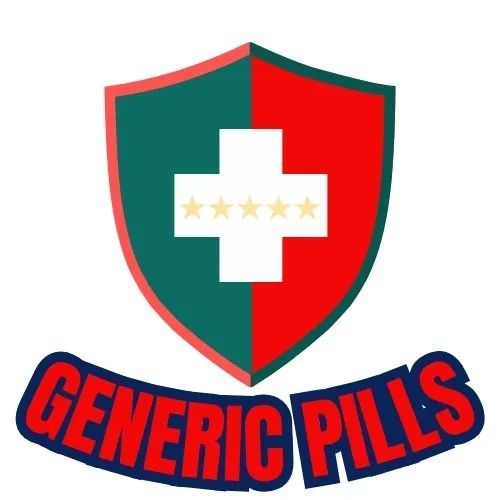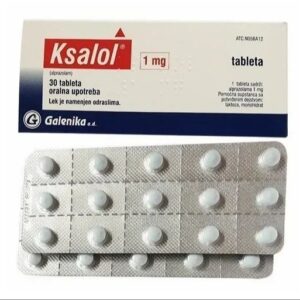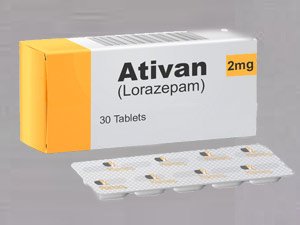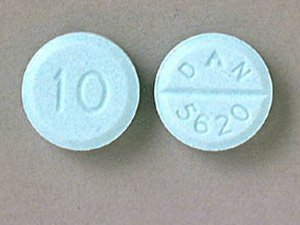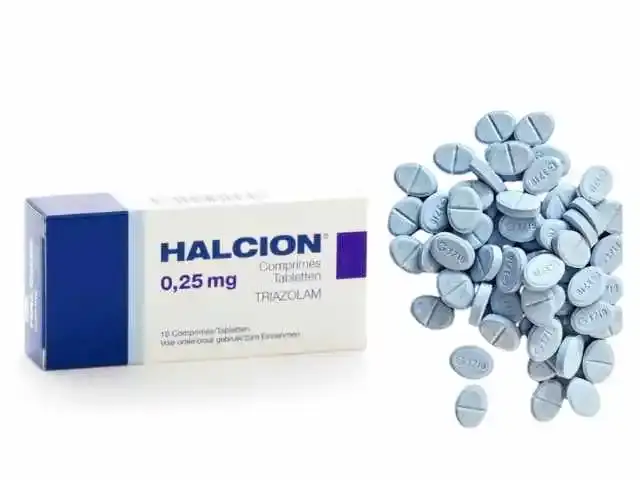Attention Deficit Hyperactivity Disorder (ADHD) is often perceived primarily as a disorder that causes difficulties with attention, focus, and self-regulation. While it’s true that ADHD presents challenges in these areas, it is also important to recognize that the disorder can have a profound impact on creativity. People with ADHD often think and process information differently, and these differences can contribute to a unique and enhanced creative ability.
In this blog post, we’ll explore how ADHD impacts creativity, uncovering the positive aspects of the disorder, and how individuals with ADHD can leverage their strengths to thrive creatively.
1. Understanding ADHD and Creativity
ADHD is a neurodevelopmental condition characterized by symptoms such as inattention, hyperactivity, and impulsivity. These traits, while often seen as impairments, can play a significant role in how individuals with ADHD approach creative tasks.
Creativity involves the ability to generate new ideas, think outside the box, and solve problems in innovative ways. People with ADHD tend to think divergently, which is a crucial trait for creativity. Divergent thinking is the ability to come up with multiple solutions or ideas in response to an open-ended question. This type of thinking is a hallmark of creative problem-solving, and individuals with ADHD often excel in this area.
2. Hyperfocus: A Double-Edged Sword for Creativity
One of the more fascinating aspects of ADHD is the phenomenon of hyperfocus. Hyperfocus refers to the ability to concentrate deeply on a task for extended periods, often losing track of time. While this can sometimes lead to difficulties in shifting attention, when channeled correctly, it can be a powerful tool for creative expression.
Individuals with ADHD may find themselves deeply immersed in a project or task that excites them, allowing for a flow state where ideas and creative solutions come effortlessly. This intense concentration can result in extraordinary productivity, especially in creative fields such as art, music, writing, and design.
However, hyperfocus can also have a downside. It can cause individuals with ADHD to become so absorbed in one task that they neglect other responsibilities or lose track of time. Learning to balance hyperfocus with other aspects of life is key to making the most of this trait.
3. Divergent Thinking: The ADHD Brain’s Superpower
One of the most significant creative advantages of ADHD is the ability to engage in divergent thinking. People with ADHD often generate ideas rapidly, considering multiple possibilities at once. This ability to make connections between seemingly unrelated concepts is at the core of creativity.
For example, someone with ADHD might approach a problem from an unconventional angle, proposing innovative solutions that others may not have considered. This ability to think outside the box allows individuals with ADHD to excel in fields where creativity and problem-solving are essential, such as in the arts, entrepreneurship, or scientific research.
Additionally, people with ADHD are often highly imaginative, able to envision abstract concepts and creative ideas that others may overlook. This can lead to a unique and vibrant approach to artistic or intellectual work.
4. Impulsivity and Risk-Taking: Fueling Bold Creativity
Impulsivity, one of the key traits of ADHD, is often viewed as a negative characteristic. However, in the context of creativity, impulsivity can be a source of bold, innovative ideas. Impulsive individuals are often willing to take risks, try new things, and push boundaries—traits that are crucial for creative success.
For instance, an impulsive person with ADHD might decide to experiment with a new medium or technique without fear of failure, resulting in breakthrough creative work. In contrast, individuals without ADHD may be more cautious and hesitant, avoiding risks and sticking to tried-and-true methods.
The willingness to take risks and embrace uncertainty can lead to novel and unconventional creative outcomes. In many creative industries, from film to fashion to technology, individuals who are willing to break the rules and take risks are often the ones who drive innovation.
5. The ADHD Personality: Open-Mindedness and Unconventional Thinking
People with ADHD often have an open-minded, curious, and spontaneous personality. This openness allows them to explore new ideas, experiment with different perspectives, and think unconventionally—hallmarks of the creative process.
Additionally, individuals with ADHD are often highly enthusiastic and passionate about their interests. This enthusiasm can be contagious, inspiring others and creating an environment where new ideas are welcomed and celebrated. The drive to pursue passion projects can lead to innovative breakthroughs and creative endeavors that might not have otherwise occurred.
The combination of curiosity, spontaneity, and enthusiasm creates an environment where creative ideas can flourish. While others may become bogged down by rigid structures or fear of failure, people with ADHD are often free to explore their imagination without the same constraints.
6. ADHD and Creative Professions: Success Stories
There are countless examples of individuals with ADHD who have achieved remarkable success in creative professions. From artists and musicians to writers and entrepreneurs, people with ADHD have left their mark on the world by harnessing their unique creative strengths.
Take, for instance, the renowned artist and inventor, Leonardo da Vinci, who is thought to have exhibited symptoms of ADHD. His ability to think across disciplines and his constant pursuit of new ideas contributed to some of the greatest creative achievements in history.
In the modern world, famous personalities like Richard Branson, the founder of Virgin Group, and Jim Carrey, the actor and comedian, have also shared their experiences with ADHD and how the disorder has played a role in their creativity and career success.
These examples show that ADHD, far from being an obstacle, can provide the unique perspective and drive needed to succeed in creative fields.
7. Harnessing ADHD for Creative Success: Tips and Strategies
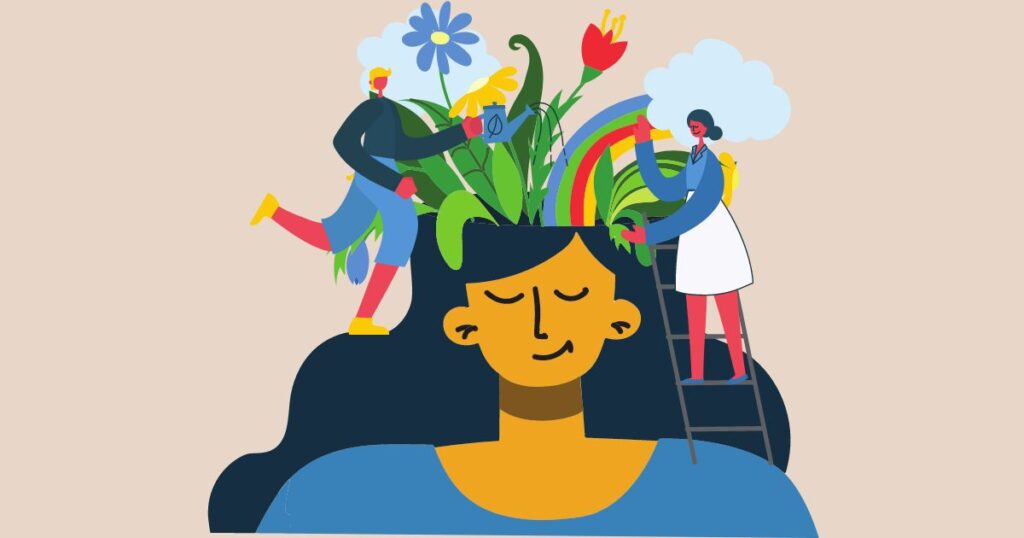
While ADHD can provide creative advantages, it also requires management to ensure that these strengths are effectively channeled. Here are some strategies for individuals with ADHD to unlock their creative potential:
a. Create a Structured Environment:
While the ADHD brain thrives on creativity, it can benefit from structure. Setting up a consistent routine or a designated creative space can help foster creativity while minimizing distractions. A clutter-free environment with tools and materials readily available can help individuals stay focused during creative projects.
b. Embrace Breaks and Downtime:
People with ADHD may experience burnout or frustration if they overextend themselves. Taking regular breaks can help maintain mental clarity and keep creativity flowing. Allowing time for relaxation or activities that recharge the mind can prevent burnout and promote sustained creativity.
c. Use Technology to Stay Organized:
There are many tools and apps designed specifically for people with ADHD. These tools can help manage time, track deadlines, and keep creative projects on track. From task management apps to note-taking tools, leveraging technology can help ADHD individuals stay organized and focused on their creative goals.
d. Pursue Passion Projects:
Creativity often thrives when individuals are passionate about what they’re working on. Pursuing projects that genuinely excite and inspire you can lead to more authentic and innovative work. People with ADHD often excel when they can fully invest their energy in something they are truly passionate about.
e. Seek Support and Collaboration:
Collaboration with others can be a great way for individuals with ADHD to maintain focus while benefiting from fresh perspectives. Working with a team can help stimulate new ideas and keep creativity flowing. Additionally, seeking support from coaches or therapists who understand ADHD can provide valuable guidance on managing the challenges while leveraging creative strengths.
8. Final Thoughts: Embracing ADHD as a Creative Strength
ADHD is often framed as a disorder that impedes focus and productivity. However, by shifting our perspective, we can recognize that ADHD can also serve as a catalyst for creativity. From divergent thinking and risk-taking to hyperfocus and impulsivity, the traits associated with ADHD can enhance creative expression and drive innovative problem-solving.
By understanding and embracing the positive side of ADHD, individuals with the disorder can harness their unique strengths, leading to fulfilling and successful creative careers. With the right strategies and mindset, ADHD can be a powerful tool for unlocking creativity and achieving creative success.

